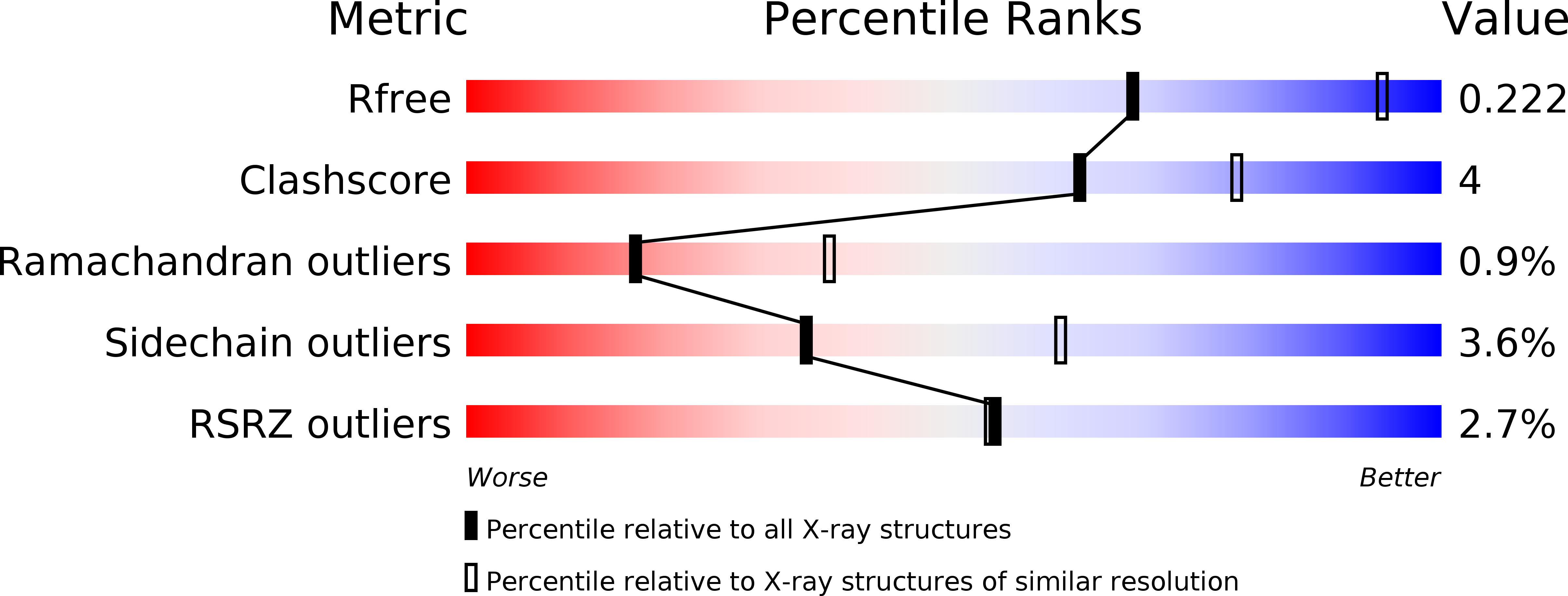
Deposition Date
2011-11-25
Release Date
2012-10-03
Last Version Date
2024-05-08
Entry Detail
Biological Source:
Source Organism:
SACCHAROMYCES CEREVISIAE (Taxon ID: 4932)
Host Organism:
Method Details:
Experimental Method:
Resolution:
2.67 Å
R-Value Free:
0.22
R-Value Work:
0.19
R-Value Observed:
0.19
Space Group:
P 21 21 2


